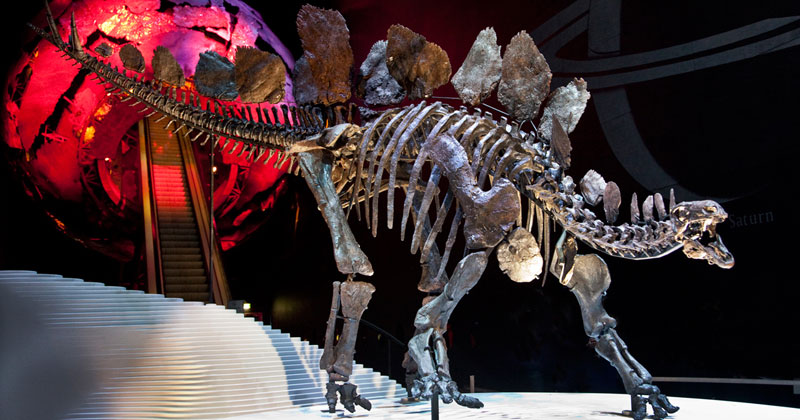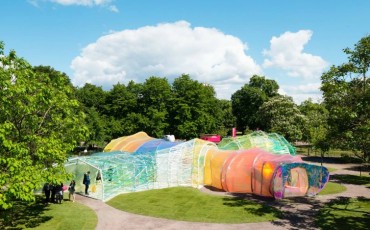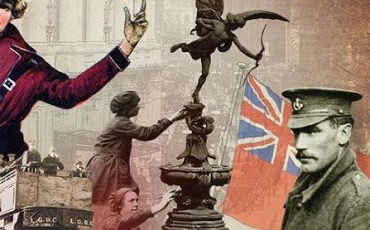A spectacular Stegosaurus skeleton was unveiled on 4 December at the Natural History Museum in London. It is the first complete dinosaur specimen to go on display at the Natural History Museum in nearly 100 years. The 150 million year old Stegosaurus stenops is the only Stegosaurus in a public collection outside the USA.
The skeleton was uncovered 11 years ago in Wyoming, USA, and is almost complete, including 18 back plates and four tail spikes. It is 560 centimetres long and 290 centimetres tall, and in life the animal would have been the size of a 4×4 vehicle.
The Stegosaurus first arrived behind the scenes at the Museum in December 2013. Since then, scientists have been taking measurements, photographs, laser surface scans and CT scans of the skeleton. They hope to find out more about the lives of stegosaurs, such as how they moved, how they ate and what they used their back plates for. There are only about six Stegosaurus skeletons in the world and this new specimen is the best example. The Stegosaurus lived in the Late Jurassic period and skeletons have been found in North America, Africa, China and Europe. They did not live in herds, preferring to live alone or in small groups, and their skeletons are rarely discovered.

The Stegosaurus takes pride of place in the Earth Hall at the Natural History Museum. Photo: ©Natural History Museum.







Leave a Reply